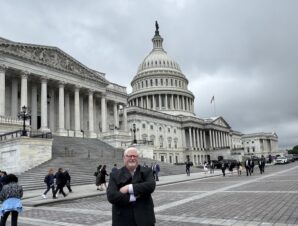Analysis finds the 2021 International Energy Conservation Code can reduce deaths from extreme heat by as much as 80 percent
As heat alerts affected nearly 110 million people, a third of the U.S. population across 15 states, the U.S. Department of Energy (DOE) published a new report on July 13 called “Enhancing Resilience in Buildings Through Energy Efficiency.” The report – which followed a study by a team of energy experts from DOE’s Building Energy Codes Program, Pacific Northwest National Laboratory, National Renewable Energy Laboratory, and Lawrence Berkeley National Laboratory – outlines the value for states and communities that adopt the 2021 International Energy Conservation Code® (IECC) to enhance resilience in response to more frequent and intense extreme weather events attributed to a changing climate.
The report underscores the impact of the 2021 IECC in protecting occupants from extreme temperatures due to power outages associated with hazard events.
The report’s findings serve as a clarion call for policymakers to adopt the IECC. The IECC’s requirements:
- Improve envelope efficiency in buildings to permit occupants to shelter in place safely for more than four days during a disaster-induced power outage coupled with extreme heat or cold.
- Extend habitability by as much as 120% during extreme cold and 140% during extreme heat and reduce deaths by up to 80% during extreme heat and 30% in extreme cold.
- Provide, for new single-family buildings, benefit-cost ratios from 2 times to over 6 times, making a strong financial argument for adoption.
For additional information on the report and the Code Councils’ continued advocacy for building resiliency, visit www.iccsafe.org/energy and www.energycodes.gov/energy-resilience.




Join the conversation: